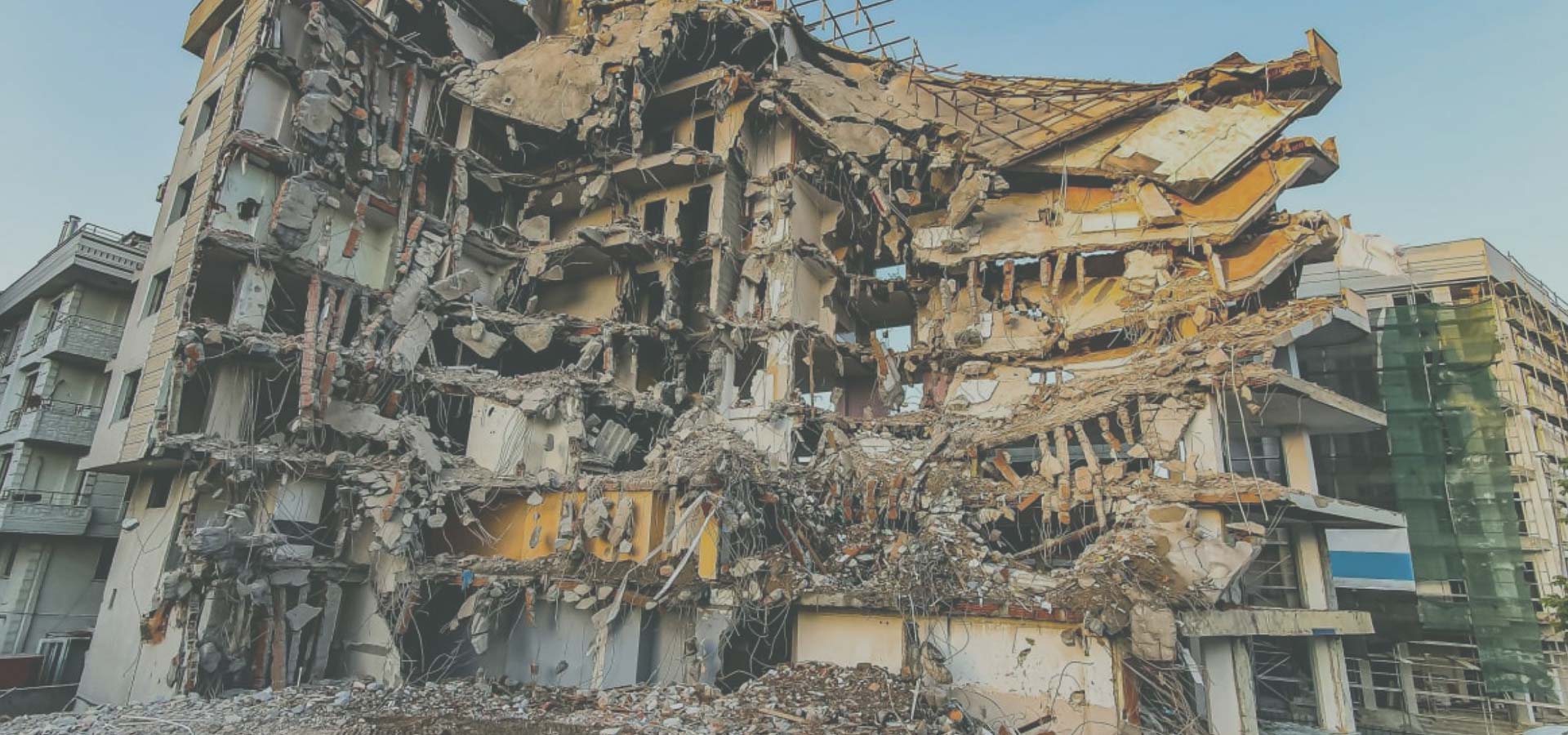
Seismic Risk Management: Global Resilience and Reinsurance Dynamics
The tremors from the 2024 Noto Peninsula Earthquake have not merely rattled structures in Japan; they resonate globally, bringing into sharp focus the intricate dance between seismic forces and reinsurance resilience. As insurance companies grapple with the aftermath, this article delves deeper into the seismic event, examining the nuances of risk, the vulnerabilities exposed, and the crucial role reinsurance plays in ensuring stability in the face of unpredictable natural disasters.
Unveiling Geological Dynamics
Beyond the immediate impact on Japan’s landscape, let’s explore the seismic mechanics behind the 2024 Noto Peninsula Earthquake. Geological experts from the United States Geological Survey (USGS) elaborate on the phenomenon of shallow reverse faulting, shedding light on how this specific faulting pattern contributed to the extensive ground motion experienced in Ishikawa, Niigata, Toyama, and Fukui. This geological phenomenon involves one side of a fault plane being pushed up over the strata on the other side, causing substantial ground motion. The detailed understanding of the geological forces at play becomes vital for reinsurers as they assess and manage risks globally.
Global Implications and the American Market
Notably, the 2024 Noto Peninsula Earthquake stands as the largest seismic event since 2015 and marks the deadliest earthquake in Japan since 2016. It is with no surprise that the seismic shocks in Japan inevitably reverberate across the Pacific, raising questions about preparedness in the American market. Drawing parallels to the U.S., especially regions prone to seismic activity such as California, the earthquake in Noto Peninsula serves as a wake-up call for reinsurance and insurance companies operating in the American market. How well are U.S. structures equipped to handle a seismic event of this magnitude? Are residential vulnerabilities and building dynamics similar or distinct? Addressing these questions becomes imperative for reinsurers to tailor their risk management strategies effectively.
Residential Vulnerabilities
Integrating data from the National Earthquake Hazards Reduction Program (NEHRP) in the U.S., we draw parallels between traditional Japanese dwellings and historical structures in earthquake-prone U.S. regions. This comparative analysis underscores the importance of reinsurance in mitigating potential losses in both contexts.
Understanding Traditional Japanese Dwellings:
Machiya homes, with their heavy earthen walls, traditional timber construction, and tiled roofs, dominated the residential landscape in Ishikawa Prefecture, Japan. These architectural features, while imbued with cultural richness, proved susceptible to collapse during the 2024 Noto Peninsula Earthquake. The long, narrow layout of Machiya homes further amplified their vulnerability to lateral forces during intense shaking, as noted by risk modeling firm Karen Clark & Company (KCC).
Parallels in the United States:
Turning our attention to the U.S., particularly earthquake-prone regions such as California, historical structures share similarities with traditional Japanese dwellings. Many older buildings in seismic areas in the U.S. possess architectural characteristics that, like Machiya homes, may make them more susceptible to earthquake damage. Wooden frames, light metal reinforcement, and a lack of modern materials like steel and reinforced concrete are features common to both Japanese and certain U.S. historical structures.
Age Dynamics and Seismic Retrofitting:
The age of buildings plays a crucial role in seismic resilience. It is important to note that a considerable percentage of historical structures in the U.S. predates modern seismic building codes. This raises questions about the seismic retrofitting of older buildings, a challenge faced by both Japanese and U.S. communities. Reinsurance becomes a key player in addressing this issue, as it facilitates financial strategies to incentivize and support seismic retrofitting projects.
Building Structures and Age Dynamics in the U.S.
Moving our lens to the American landscape, we examine the earthquake resilience of U.S. residential structures. With a significant percentage of homes predating certain seismic building codes, understanding the age dynamics becomes crucial. The seismic retrofitting of older buildings in U.S. earthquake-prone areas is a topic that reinsurers must consider when developing risk management strategies.
Commercial and Industrial Contrasts
Applying lessons learned from Japan, we analyze the seismic resilience of commercial and industrial structures in the U.S. Are steel constructions prevalent, ensuring higher earthquake resistance, or are there regional disparities in building materials? Understanding these nuances allows reinsurance brokers to tailor coverage and pricing models accordingly.
While residential vulnerabilities share similarities, the commercial and industrial landscape in earthquake-prone U.S. regions often contrasts with Japan. Steel construction is more prevalent in the U.S., offering higher earthquake resistance. Understanding these distinctions becomes pivotal for reinsurers as they tailor coverage models, recognizing that losses in residential properties may surpass those in commercial and industrial sectors, echoing insights from KCC’s analysis of the Noto Peninsula Earthquake.
Reinsurance as a Global Resilience Pillar
Navigating seismic risks requires a comprehensive understanding of global geological dynamics, localized vulnerabilities, and the unique challenges presented by different building structures. This is why reinsurance emerges not just as a financial safety net but as a proactive partner in global resilience, ensuring stability in the wake of seismic uncertainties. By providing financial support, risk modeling expertise, and promoting proactive measures like seismic retrofitting, reinsurers contribute significantly to minimizing potential losses and fostering resilience on a global scale.
